CERAFLOUR 1000
Biodegradable polymer based on renewable resources for aqueous, rad-cure, solvent-free and solvent-borne systems
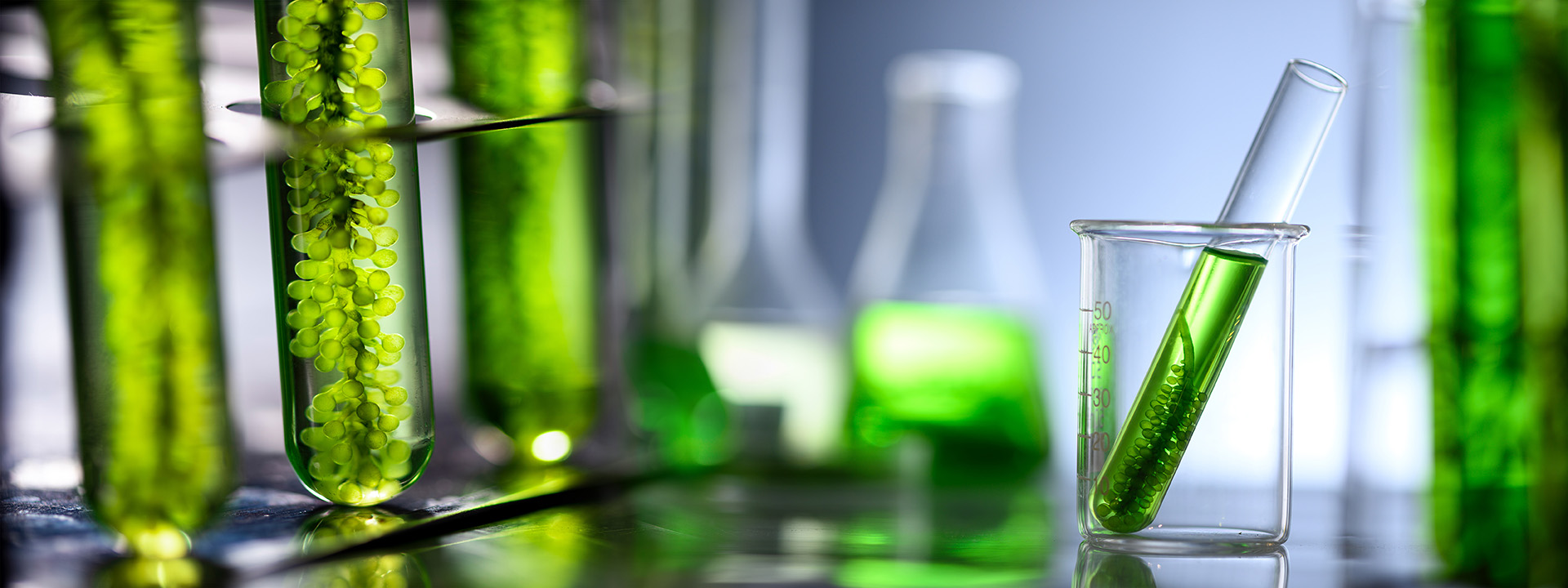
Sustainability is an important aspect in the development of new products. In addition to the product’s direct properties and effects, questions regarding environmental impact, chemical basis, and energy consumption often play a significant role too.
Many wax-based additives on the market comprise raw materials won from crude oil or gas, ranging from traditional (high-density) polyethylene waxes for increasing matting properties or improving scratch resistance to polypropylene waxes or PTFE for surface slip adjustment in coatings. They exhibit a fairly good performance and have a beneficial factor, which is why they are designated in their applications. Nevertheless, considering aspects of sustainability, e.g., the use of bio-based raw materials, all these waxes must be reviewed critically.
One obvious and major factor is: crude oil is a finite raw material. This means its availability over the next centuries is decreasing and there is a great need to discover, test and finally use new alternative raw materials. Another major factor is climate change. Climate change is still ongoing, and it is significantly influenced by our actions. Saving every ton of CO2 possible will help to comply with the Paris Agreement of 2015 to keep global warming below 1.5 °C.
Governments are aware of the topic and are undertaking measures to combat climate change, which in turn impact on the use of fossil raw materials. Exemplary measures are the levying of taxes on carbon dioxide (CO2) emissions or the purchase of certificates that allow the buyer to emit a certain amount of CO2. But the economic effect is just one side of the story. The ecological effect is much more important for a reduction in the use of crude-oil-based products.
Other aspects of sustainability deal with the end-of-life options of products. In our daily life, we are surrounded by plastic and cause a lot of plastic waste. This plastic waste needs a lot of time to be degraded in the environment: in the case of PE plastic bags, it is around 500 years. Thus end-of-life options like biodegradability, where the plastic is degraded by microorganisms such as bacteria and fungi in shorter time frames, are becoming more and more important. But plastic is not always so obvious in our lives as in the case of plastic bags. Many wax additives are based on synthetic raw materials, so these are, like plastics, affected by the issue of biodegradability. Therefore, an increasing amount of biodegradable material can help to pave the way to a more sustainable future.
CERAFLOUR 1000 is one excellent example of an additive with improved sustainability, launched in 2011. It has specific properties of traditional additives manufactured using either natural or synthetic waxes, but is based on a bio-based polymer and is also fully biodegradable. In 2021, BYK expanded its portfolio by two new additives based on the same raw material, but with different particle size distributions: CERAFLOUR 1001 and CERAFLOUR 1002.
All three additives have a bio-based content of > 97% and are fully biodegradable. Moreover, bio-based polymers make a positive contribution to the ongoing microplastic discussion and conserve aquatic life.
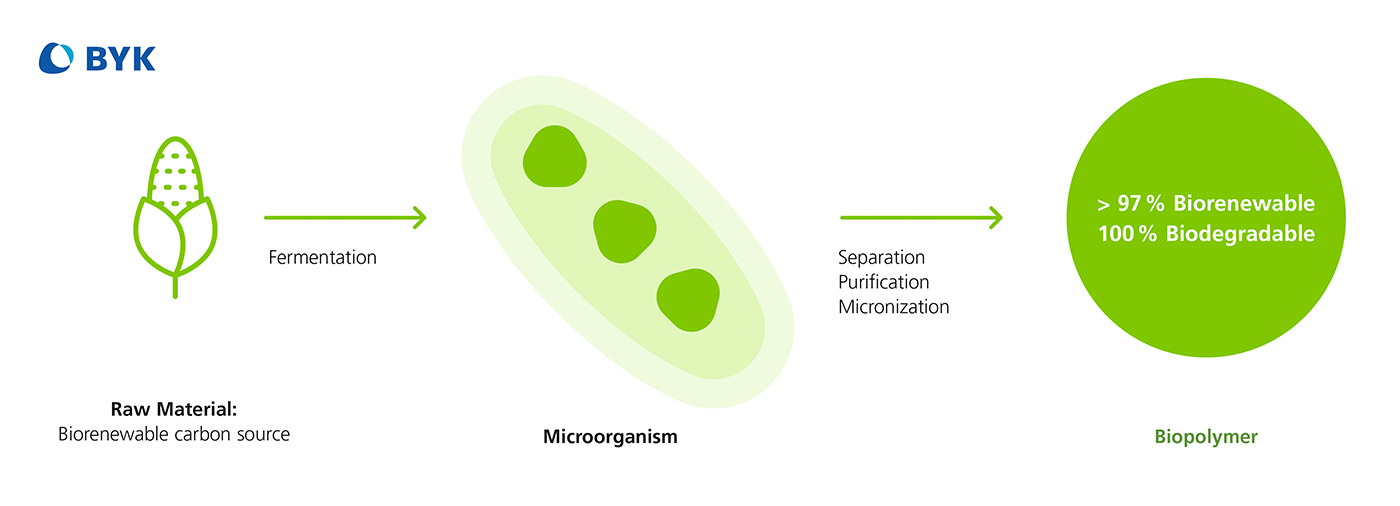
Figure 1: Overview of the extraction of the raw material for polymers in the CERAFLOUR 1000 series
The polymers of the CERAFLOUR 1000 series are produced with the help of microorganisms. These organisms are fed with carbohydrates and produce the bio-based polymer in a fermentation process. In additional steps, the polymer is separated from the microorganism and purified. The last step of micronization leads to polymers which can be used for different coatings applications.
With CERAFLOUR 1001, BYK offers an additive with even finer particle size distribution than CERAFLOUR 1000 to achieve the utmost in transparency while simultaneously intensely reducing gloss. On the other hand, with CERAFLOUR 1002 we have introduced an additive with a larger particle size to create a surface texture with high transparency that, at the same time, produces the best matting performance. The spherical structure of the polymers, which form agglomerates, can be seen on the SEM (scanning electron microscope) images. The particle size of CERAFLOUR 1000 lies between that of the other two products.
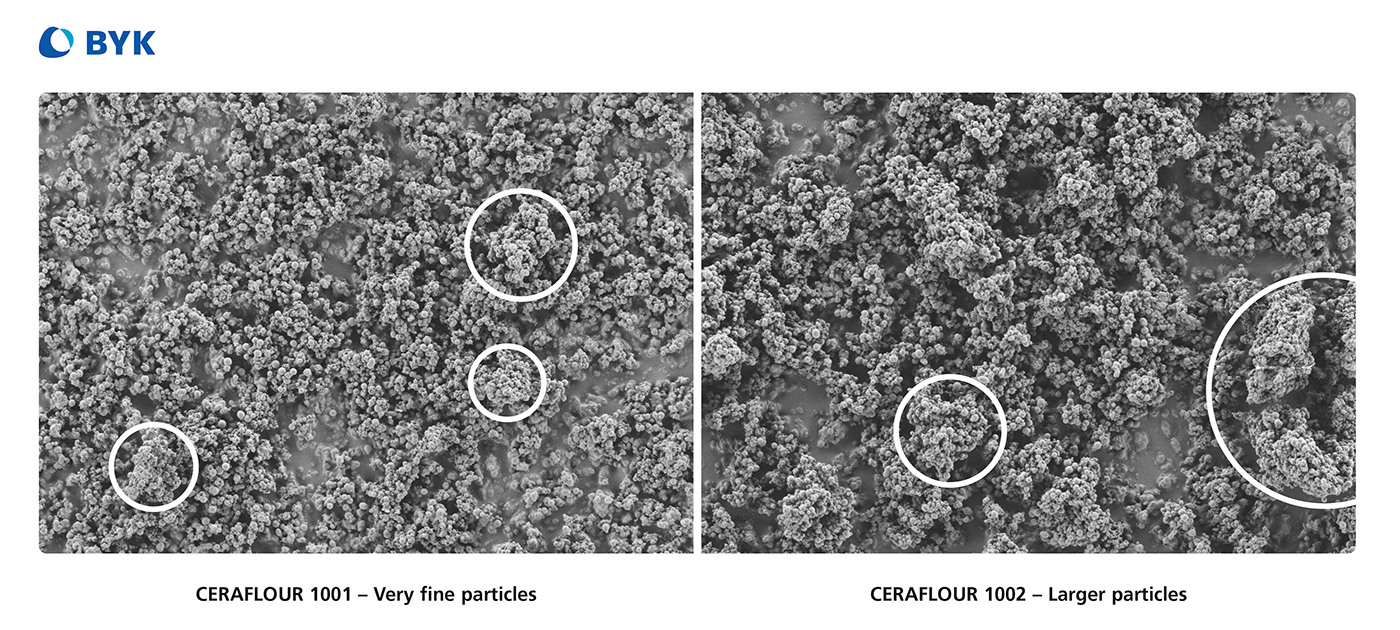
Figure 2: SEM images of CERAFLOUR 1001 and CERAFLOUR 1002 in comparison
The additives were very intensively tested in different kinds of applications. Starting with water-based systems, in 100% UV coatings, but also in traditional solvent-borne coating systems, the additives show excellent compatibility and performance. Their usage in wood and furniture coatings, printing inks, and general industrial coatings is highly recommended. CERAFLOUR 1001 shows the lowest haze with good matting properties at the same time. Especially at higher dosages, CERAFLOUR 1001 shows low haze values compared to other PE waxes (cf. Figure 3).
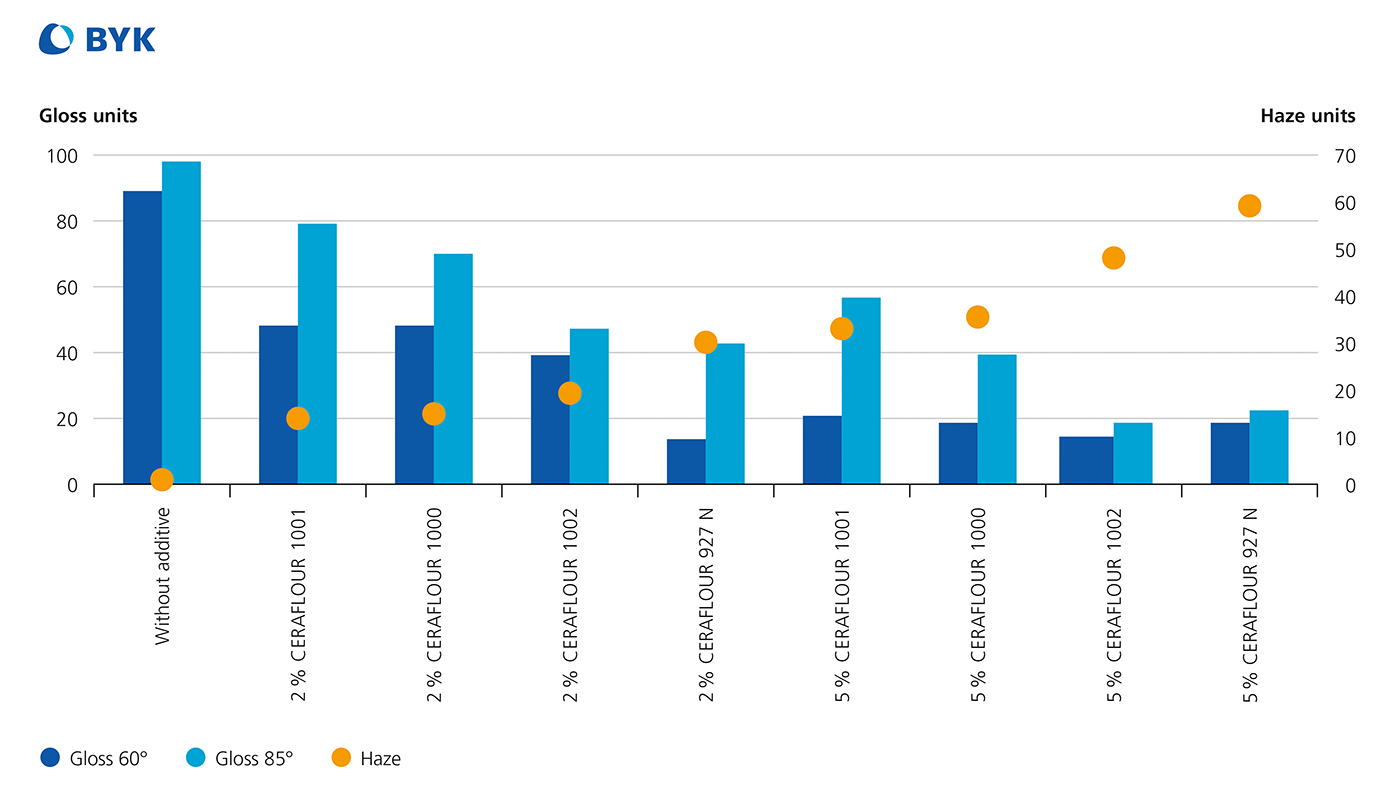
Figure 3: Gloss and haze values of polymers in the CERAFLOUR 1000 series in comparison to an HD PE wax additive in a water-based pure acrylic wood coating system
In laboratory tests, the polymers show synergistic effects with common PE waxes to improve the scratch resistance and abrasion resistance of a coating’s formulation. Only a small addition (0.5% on total formulation) of these is sufficient to create good scratch resistance of the coating’s surface. Furthermore, all three products show synergistic effects with silica-based matting agents.
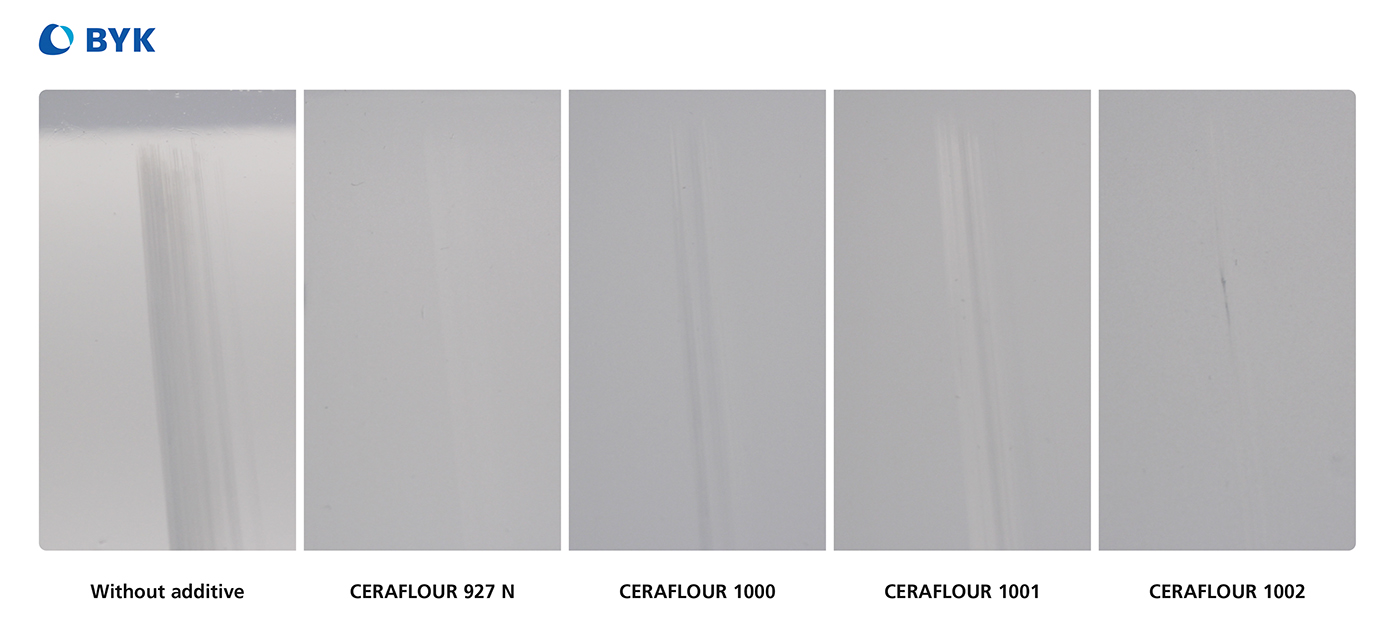
Figure 4: Improvement of anti-burnishing in comparison to an HD PE wax additive (CERAFLOUR 927 N)
On top, all three products provide excellent haptic properties and provide a “soft feel” effect of the surface. This is particularly true for the smaller particle sizes.
What is more, adding polymers of the CERAFLOUR 1000 series help to increase the amount of renewable carbon of a formulation to fulfil the requirements of the market for finding more sustainable solutions.
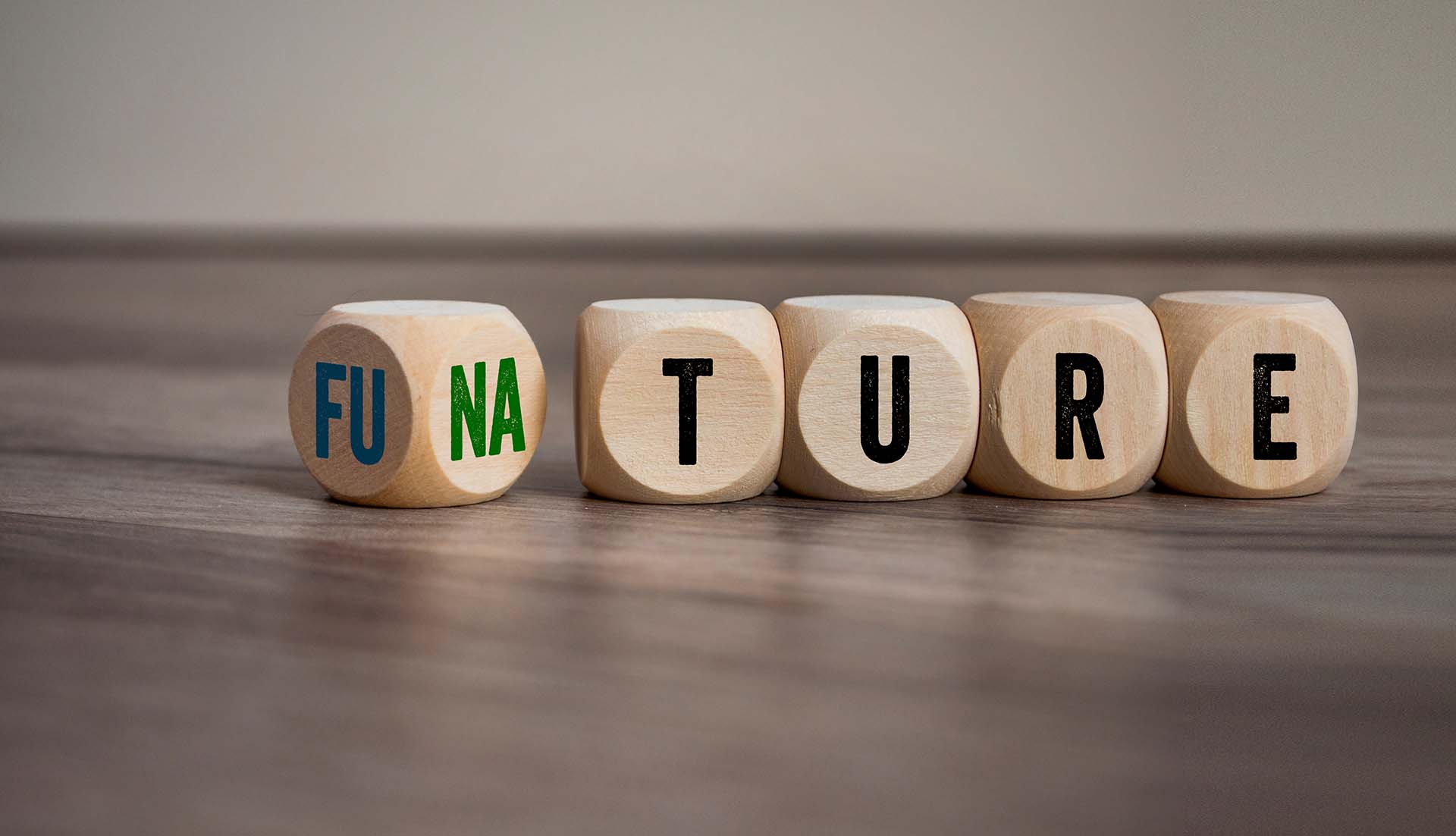
Sustainability is a complex topic and there are many aspects to consider. It is not only the raw material source which can be exchanged for an environmentally friendly solution. Lower film formation temperatures, a smaller number of solvents or coalescents, faster curing speed, or better degradability – there are many opportunities to reduce CO2.
The CERAFLOUR 1000 series is yet another excellent step towards BYK’s goal of becoming more sustainable across the complete supply chain and providing sustainable solutions to customers.
Join us in making the future more sustainable!
If you delete your search history, all your previous searches will be deleted permanently.